Browse Our Books
You can browse our books easily with any of the following filters, hover over the filters or their titles to see their descriptions.
Reading Level
Categories
Or you can use quick search or switch to advanced search for better results...
Search Results (Found 2776 results)
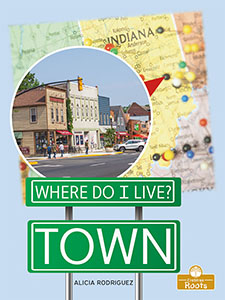
Where Do I Live? (Crabtree Roots) 

Do you live in a town or a city? Each book in the Where Do I Live? series focuses on defining an area that people live in. Using colourful photographs that connect to simple sentences and relevant sight words, each book builds confidence in reading skills and helps define the places we live in. Every book in this series also includes a page for caregivers and teachers that suggests guiding questions to help aid in reading comprehension. Downloadable Teacher's Guide available.
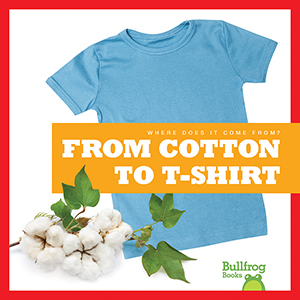
Where Does It Come From? (Bullfrog Books) 
Eat up! Discover how different foods get from farms and gardens to our tables in this fun series. Real photos show the steps of the cycle or process, while a picture glossary reinforces new vocabulary. Each book features a comprehensive diagram to illustrate each step.
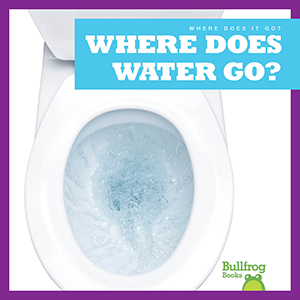
Where Does It Go? (Bullfrog Books) 
What happens to garbage after it is picked up? Where does water go? Discover what happens to garbage, recycling, water, and mail after it leaves the home. Infographics use descriptions and real-life photos to show the steps in each cycle, while a picture glossary reinforces new vocabulary.
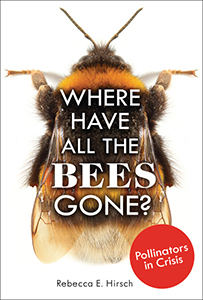
Where Have All the Bees Gone?: Pollinators in Crisis 
Apples, blueberries, peppers, cucumbers, coffee, and vanilla. Do you like to eat and drink? Then you might want to thank a bee. Around the world, bees pollinate $24 billion worth of crops each year. Without bees, humans would face a drastically reduced diet. We need bees to grow the foods that keep us healthy.But numbers of bees are falling, and that has scientists alarmed. What's causing the decline? Diseases, pesticides, climate change, and loss of habitat are all threatening bee populations. Some bee species teeter on the brink of extinction. Learn about the many bee species on Earth - their nests, their colonies, their life cycles, and their vital connection to flowering plants. Most importantly, find out how you can help these important pollinators.
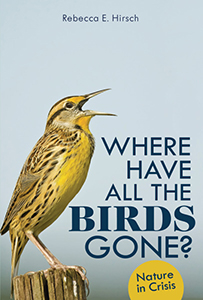
Where Have All the Birds Gone?: Nature in Crisis 
Birds are nature's essential workers, and they are crucial members of ecosystems around the world. Hummingbirds pollinate our flowers; cardinals munch on beetles, grasshoppers, and other pests that damage crops; owls eat rodents that can spread disease; vultures clean up roadkill and other waste. Beyond their practical aspects, birds bring us joy through their songs and beautiful feathers. But since 1970, nearly 30 percent of all birds in the United States and Canada have vanished. Scientists are scrambling to figure out what may be causing such a drastic decline. The answer: humans. City lights and tall glass skyscrapers disorient migrating birds. Domesticated cats prowling outdoors kill billions of birds each year. Pesticides contaminate fish and insects, which are then consumed by birds of prey. And climate change might disrupt and even wipe out feeding grounds for entire species.
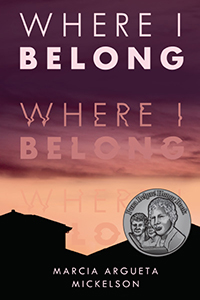
Where I Belong 
Guatemalan-American high school senior Millie Vargas struggles to balance her family's needs with her own ambitions, especially after her mother's employer, a Senate candidate, uses Millie as a poster child for ""deserving"" immigrants.
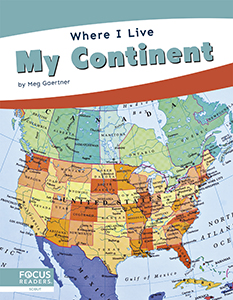
Where I Live (Scout) 
Home can mean many things. It can be the street a person lives on or the planet that supports us all. This engaging series gives young readers a high-level look at their place in the world.
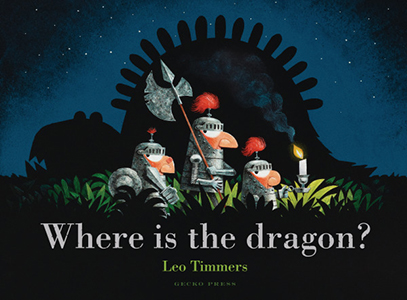
Where Is the Dragon? 
In this delightful rhyming story, three knights go looking for a dragon in the dark. The king won't sleep until they find it. The knights know everything about dragons. With only one candle between them, they go out into the night. Is that a dragon? Attack! Another stellar book by New York Times Best Illustrated Book recipient Leo Timmers, this title features Timmers' trademark intricately detailed illustrations and a humorous contrast between the illustrations and the words.
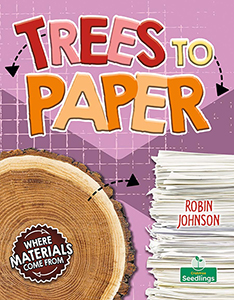
Where Materials Come From (Crabtree Seedlings) 

This vibrant and engaging series for young children follows the cycle of raw materials to finished product. Readers learn how natural things are turned into products we know and use every day. Useful and succinct facts and bold images reinforce knowledge and get readers thinking about natural and mechanical processes. Free downloadable TeacherÎs Guide available.
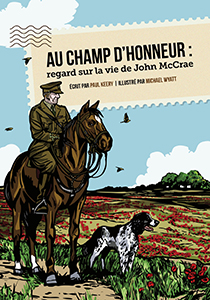
Where the Poppies Blow: The Life and Lessons of John McCrae 
On a spring day in 1915, amid the battle-scarred fields of Flanders, Belgium, John McCrae was struck by the sight of poppies blooming over the graves of his fallen comrades. It moved him so deeply that he penned “In Flanders Fields,” one of history’s most famous poems. A dedicated army doctor, John witnessed the horrors of war firsthand as he worked tirelessly to treat wounded soldiers. Follow John on his journey, from humble beginnings in small-town Ontario to some of the toughest battle zones of the First World War. Although he never made it back home, John McCrae’s poem and the red poppy became an enduring symbol of remembrance, honouring the countless soldiers who sacrificed their lives in conflict.